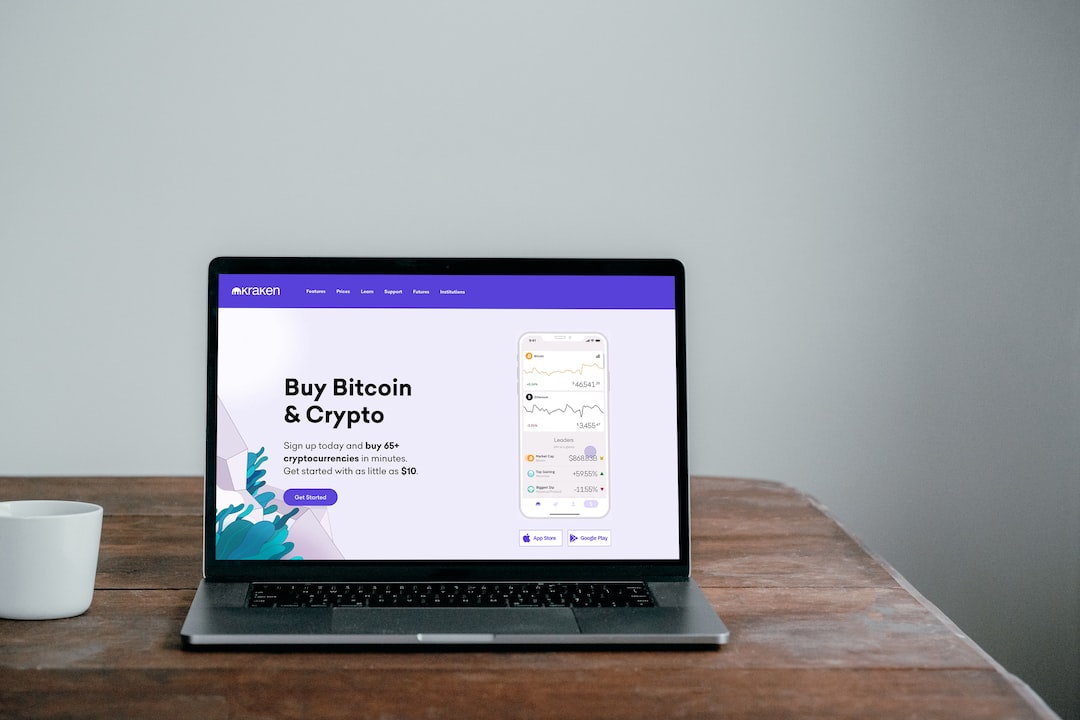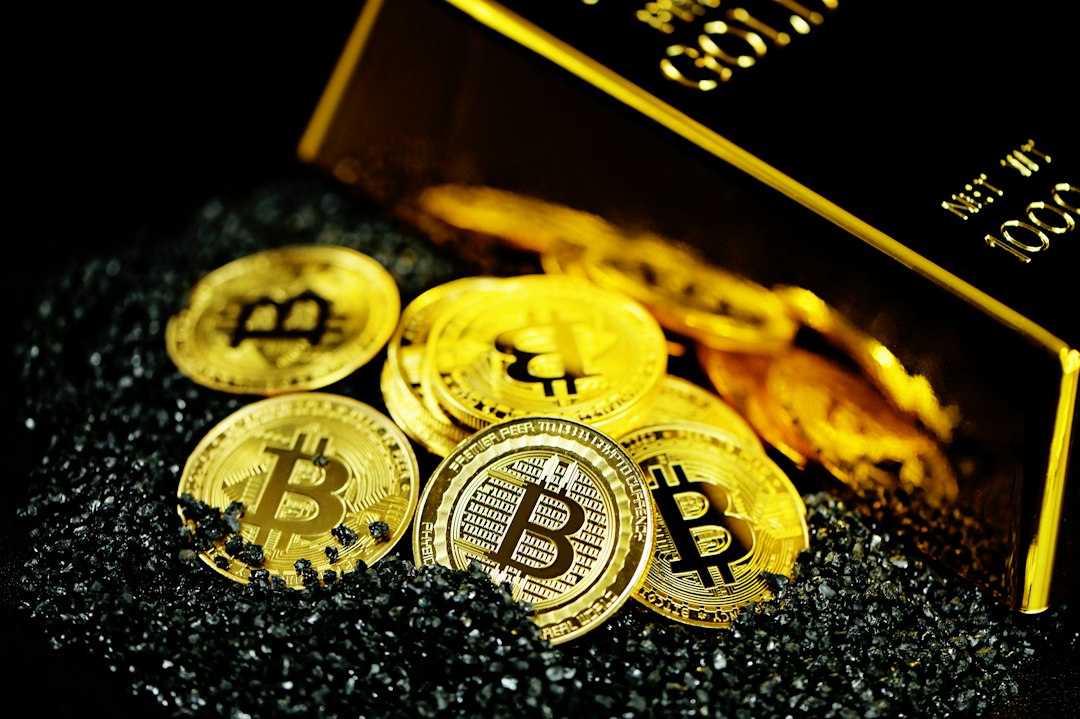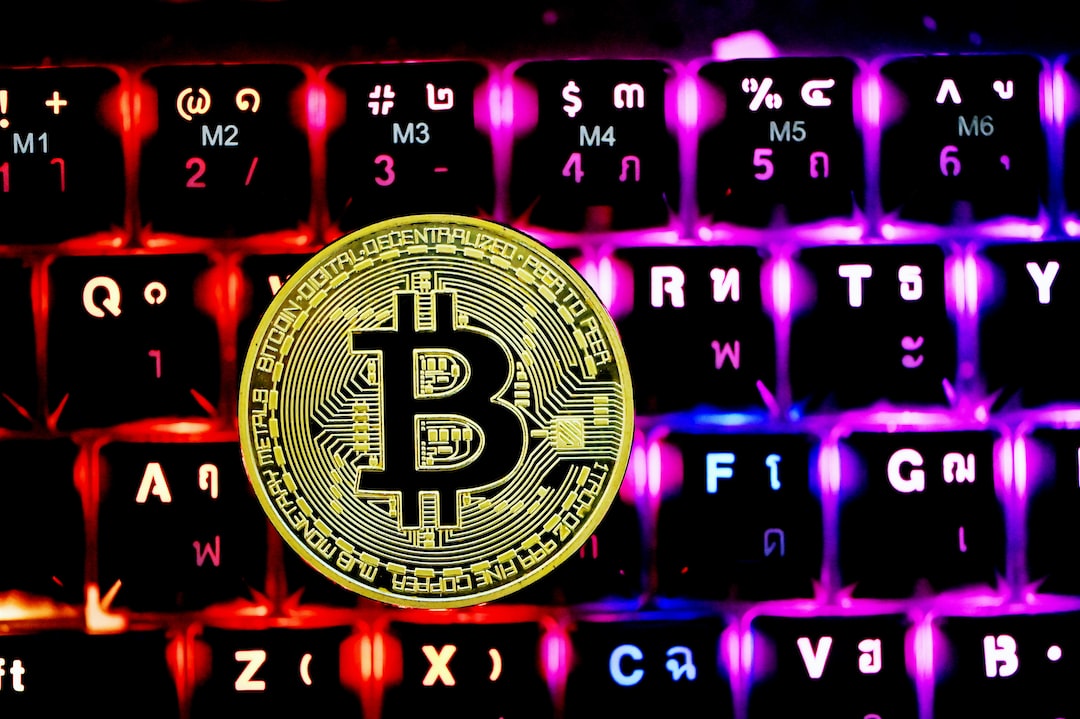Comparing the Profitability of DOGE and SHIB
Over the past month, Dogecoin (DOGE) and Shiba Inu (SHIB) holders have seen different outcomes. Although both are popular meme coins, they have distinct profitability metrics. According to IntoTheBlock’s data, more DOGE holders have profited since both assets were launched, while SHIB dominates in terms of current market price.
How the Coins are Performing
When it comes to profitability over the long run, Dogecoin has proven to be the top meme coin for holders. Despite being a meme coin, DOGE has a strong community and is in the top 10 in terms of market cap. On the other hand, Shiba Inu has followed closely behind with consistent ecosystem updates aimed at creating real-world value for its holders.
Both cryptocurrencies have experienced similar gains in price over the last month. However, on-chain data shows varying levels of profitability for traders.
An In-Depth Look at Profitability Metrics
IntoTheBlock’s profitability metric tracks wallets that are “in the money,” “at the money,” and “out of the money.” At present, around 49% of DOGE holders are making money at its current price, while only 22% of SHIB holders are profiting at its current price. This isn’t surprising given DOGE’s longer existence and higher market cap.
However, when looking at addresses that bought around the current market price, SHIB has been experiencing better money flow and ecosystem growth over recent months. A better portion of SHIB addresses that bought within a specific price range are making money compared to those holding DOGE.
Price Prediction And Future Outlook
The future looks bright for both Dogecoin and Shiba Inu as they start to possess utility. Dogecoin has performed well in this regard and could potentially reach the $0.1 mark soon. Shiba Inu is also poised to do well with continued Shibarium success and could see its price rise significantly by December 11.
Hot Take
In conclusion, while both DOGE and SHIB have had their moments in terms of profitability over different time frames, there is no clear winner. Both coins have their strengths and potential for future growth depending on various factors such as utility, ecosystem development, and market trends.





 By
By

 By
By

 By
By